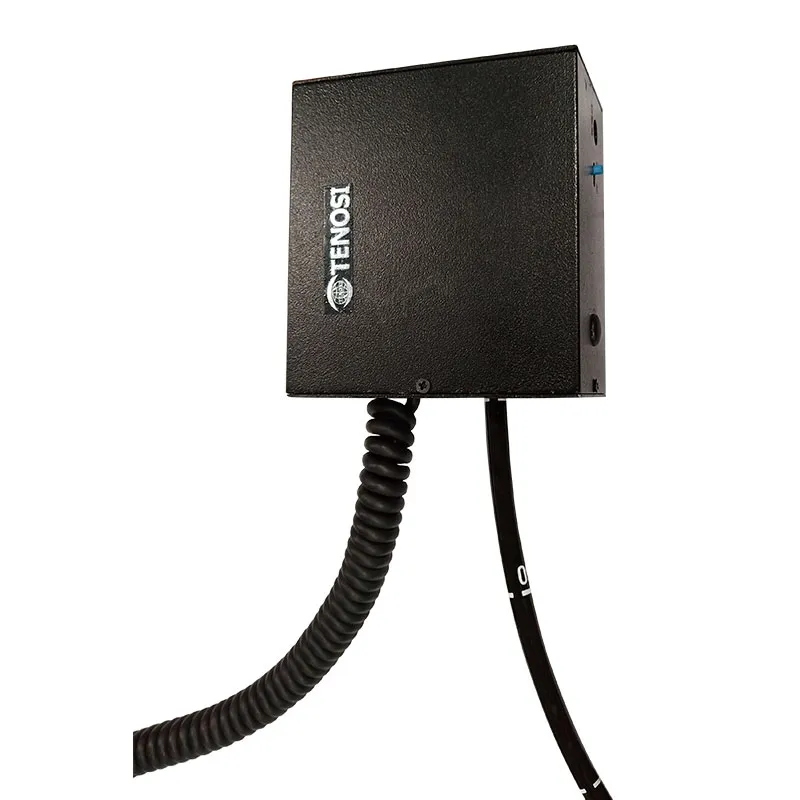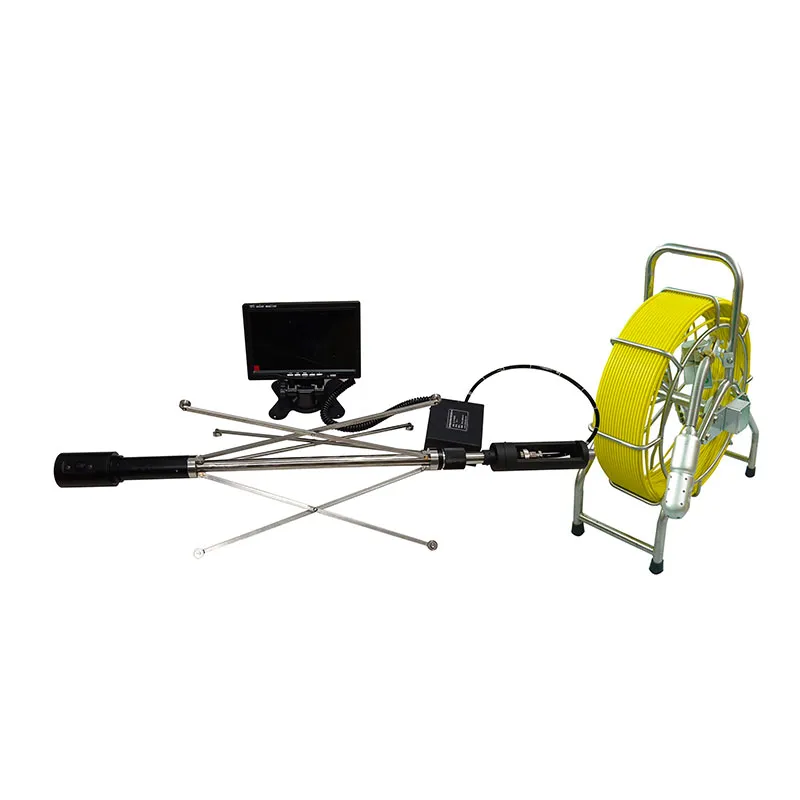Comprehensive Guide to Pipe Welding Assessment: Making Sure Stability and Safety in Pipeline Building And Construction and Maintenance
The stability and safety of pipes are vital in today's infrastructure landscape, emphasizing the crucial duty of welding assessment in pipeline building and upkeep. Pipeline Welding Inspection. The intricacies included in welding inspection raise significant questions about sector criteria and the developing modern technologies that might redefine these methods.

Significance of Welding Evaluation
Welding inspection plays a critical function in making certain the stability and safety and security of pipe systems. It acts as a basic procedure that validates the high quality and integrity of bonded joints, which are commonly one of the most weak spots in pipe construction. Via systematic analysis, assessors can determine possible flaws such as fractures, porosity, and incomplete combination, which may compromise the architectural honesty of the pipeline.
The significance of welding evaluation prolongs beyond mere conformity with sector criteria; it likewise safeguards public health and wellness and the environment. Comprehensive evaluations can enhance the durability of pipeline systems, minimizing the requirement for costly repairs and downtime.
In enhancement to ensuring safety and security and conformity, welding evaluation fosters a society of top quality assurance within organizations. By focusing on evaluation throughout the welding process, companies can build a reputation for dependability and excellence, inevitably causing increased consumer confidence and organization chances (Pipeline Welding Inspection). Thus, the relevance of welding evaluation can not be overemphasized in the context of pipeline building and construction and maintenance
Trick Welding Processes
Numerous welding processes are used in pipeline building, each with its own advantages and applications. Amongst the most commonly used techniques are Shielded Metal Arc Welding (SMAW), Gas Tungsten Arc Welding (GTAW), and Gas Steel Arc Welding (GMAW) SMAW is favored for its adaptability and ability to do well in various ecological conditions, making it appropriate for area applications.
GTAW, typically described as Tungsten Inert Gas (TIG) welding, is acknowledged for its capacity to produce top notch welds with exceptional control over warmth input, making it optimal for thin-walled pipelines and stainless-steel materials. GMAW, or Metal Inert Gas (MIG) welding, offers high deposition rates and is reliable for large jobs, frequently employed in the fabrication of pipelines in regulated atmospheres.
In Addition, Submerged Arc Welding (SAW) is made use of for its deep penetration and high efficiency, specifically in the building of large-diameter pipelines. Each of these processes contributes to the overall stability and safety and security of pipeline buildings, enabling welders to choose one of the most proper technique based upon product type, job requirements, and environmental conditions. Understanding these essential welding processes is vital for efficient pipeline welding evaluation.
Common Defects and Their Impact

Porosity, defined by small gas pockets trapped within the weld, damages the product and can result in leaks. Splits, which may occur as a result of thermal anxieties or incorrect air conditioning, can result and propagate in architectural failing under pressure. Damaging, where the base metal is deteriorated along the weld bead, reduces the reliable cross-section of the pipeline, increasing the danger of fracture.
Insufficient fusion takes place when the weld metal does not properly bond with the base steel, leading to weak areas that may fall short under stress and anxiety. Slag addition, the entrapment of non-metallic material within the weld, can additionally compromise the joint's integrity. Determining and attending to these problems early in the building and construction process is important to making certain the long-lasting integrity and security of pipe systems, thus safeguarding both the atmosphere and the framework.
Evaluation Strategies and Tools

Aesthetic examination is the initial line of protection, enabling inspectors to recognize surface area abnormalities, misalignment, or other noticeable flaws. see this website Ultrasonic testing employs high-frequency acoustic waves to identify interior defects, offering exact deepness measurements and identifying flaws without damaging the weld. Radiographic screening uses X-rays or gamma rays to produce pictures of the weld, making it possible for the identification of internal spaces, cracks, or incorporations.
Magnetic particle testing is specifically efficient for discovering surface and near-surface stoppages in ferromagnetic materials. This technique includes applying an electromagnetic field and fine iron particles to the weld, exposing flaws with the build-up of bits at flaw websites.
In enhancement to these techniques, specialized tools such as automated ultrasonic screening devices and electronic radiography systems enhance examination accuracy and performance, guaranteeing a comprehensive analysis of pipeline welds during building and upkeep.
Ideal Practices for Compliance
Sticking to ideal methods for compliance in pipe welding assessment is critical for making certain the integrity and safety and security of the framework. Organizations should establish an extensive top quality management system that lines up with market criteria such as ASME, API, and AWS. This includes creating detailed welding treatments that specify the techniques, products, and credentials needed for welders.
Normal training and certification of inspection personnel are vital to maintain high competency levels. Examiners must know with numerous non-destructive testing (NDT) techniques, consisting of ultrasonic testing, radiographic testing, and aesthetic examination, to successfully determine prospective flaws.
Paperwork plays a crucial function in compliance; keeping accurate records of examinations, weld procedures, and employees certifications aids to ensure traceability and liability. Set up audits and evaluations of welding methods visit this site right here must be carried out to recognize locations for renovation and ensure adherence to established protocols.

Conclusion
Finally, the application of extensive welding examination protocols is paramount for ensuring the honesty and security of pipe building and maintenance. By determining issues and using advanced evaluation strategies, companies can considerably boost the high quality of welded joints. Abiding by ideal techniques fosters compliance with sector standards, eventually guarding public health and stopping ecological hazards. Continuous enhancement in examination processes will certainly add to the durability and reliability of pipe systems, highlighting the important duty of welding examination in the sector.
The integrity and safety of pipes are extremely important in today's infrastructure landscape, emphasizing the critical role of welding inspection in pipe building and upkeep. Comprehending these key welding processes is essential for efficient pipe welding inspection.
Sticking to ideal techniques for conformity in pipe welding assessment is crucial for making certain the honesty and security of the infrastructure.In verdict, the execution of strenuous welding examination methods is critical for making certain the stability and safety of pipe building and construction and upkeep. Constant enhancement in evaluation procedures will certainly add to the longevity and reliability of pipe systems, highlighting the vital function of welding assessment in the industry.